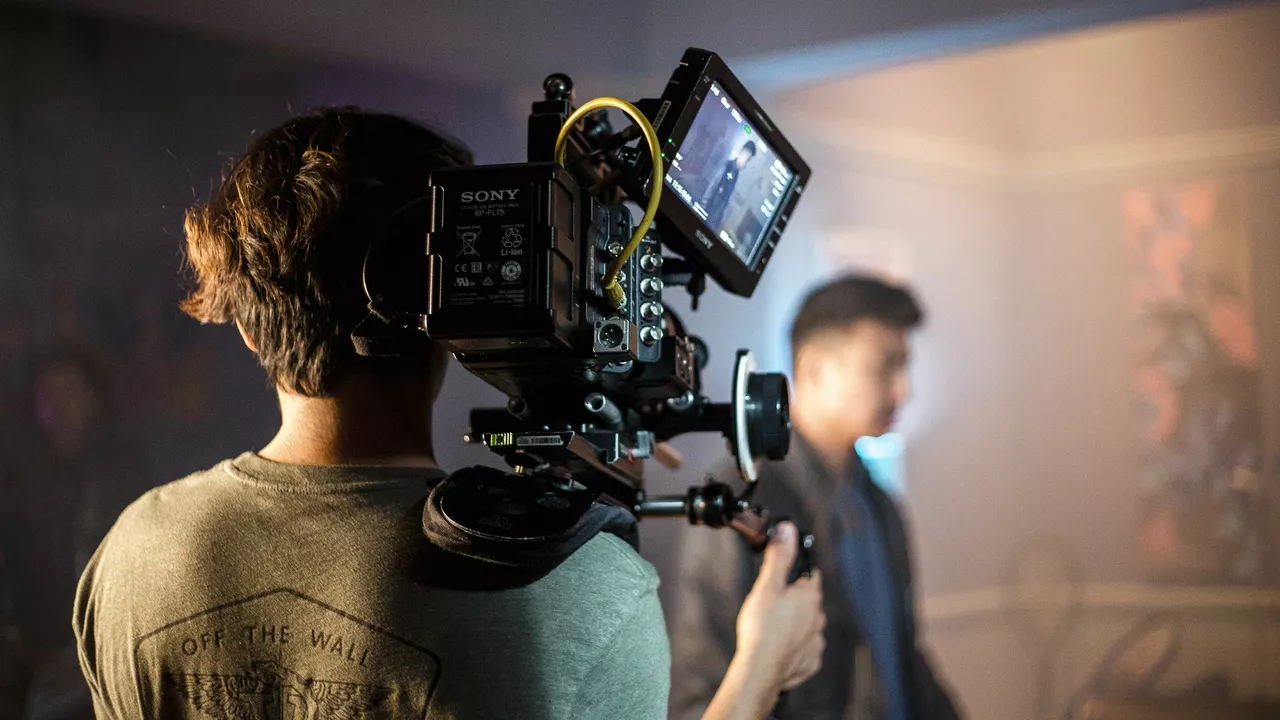Filming Differences: How Movies Stand Apart Behind the Camera
Ever wonder why two movies about the same story can feel so different? The answer often lies in the little choices the crew makes on set. These "filming differences" are the tricks, tools, and habits that give each film its own vibe.
Why filming differences matter
First off, filming differences shape the mood. A scene shot with a handheld camera feels shaky and raw, while a smooth dolly move feels polished and controlled. That simple switch can turn a drama into a thriller in the eyes of the viewer.
Second, they affect storytelling speed. Quick cuts keep the energy high, perfect for action. Long takes let the audience soak in details, which works great for character moments. Directors pick the style that matches the story they want to tell.
Third, budget and resources play a role. Indie films often rely on natural light and real locations, creating a gritty look. Big‑budget blockbusters can afford elaborate sets and CGI, resulting in a glossy finish. Both approaches have their fans, and each brings a unique flavor to the screen.
Common types of filming differences
Camera angles and movement. Low angles can make a hero look powerful; high angles can make a character look vulnerable. Moving the camera—panning, tilting, tracking—adds motion and can follow the action in a way that keeps you engaged.
Lighting style. Soft lighting gives a romantic feel, while harsh shadows create tension. Filmmakers also play with color temperature: warm tones feel cozy, cool tones feel clinical.
Film stock vs. digital. Some directors still love the grain of film because it adds texture. Others prefer digital for its crispness and flexibility in post‑production. The choice changes the final look.
Sound design. A quiet room with an audible breath can be as powerful as a booming explosion. Adding background noises—city traffic, birds, distant chatter—makes the world feel real.
Editing rhythm. The speed of cuts decides how fast the story moves. Fast editing ramps up excitement; slow editing lets emotions linger. Editors work with the director’s vision to set the rhythm.
When you watch a film, you’re actually seeing a bundle of these decisions. That’s why a Hollywood remake of a regional hit might look slick but sometimes lose the soul that made the original special. The "filming differences" between the two can be the lighting, the camera gear, or even the way actors are rehearsed.
Understanding these differences helps you appreciate why you love certain movies and not others. Next time you sit down for a movie night, try spotting a few of these tricks. You might notice how a handheld shot makes a chase feel urgent or how a soft focus makes a love scene feel dreamy.
Bottom line: Filming differences are the behind‑the‑scenes choices that turn a script into a feeling. Whether it’s a tight budget indie or a glitzy blockbuster, the same tools can be used in different ways to create a brand‑new experience. Keep an eye out, and you’ll see movies in a whole new light.
In my latest blog, I explored why TV shows aren't filmed like movies. The main reason is budget - TV shows typically have a smaller budget per episode compared to a movie. This means they often can't afford the same high-quality special effects or grand locations. Also, TV shows need to produce content more quickly to keep up with weekly schedules, which doesn't allow for the lengthy post-production process often used in movies. Finally, they are usually designed for smaller screens, so the visual style and storytelling techniques can be different.
Jul, 18 2023
